curated by Petar Ćuković
6 February - 9 March 2014
Oleg Kulik: Eclipse 1, cibachrome, 116×84 cm, 1999;
photocredit: Ludwig Museum (HU)
The exhibition at Ludwig Museum in Budapest Transition and Transition by Josip Vaništa, Oleg Kulik, Blue Noses is curated by Montenegrin art historian and critic Petar Ćuković.It presents works by three artists/artist groups who share a common characteristic feature: their central theme is the reflection on and the process of dramatic social events. Three selected artists explore the time, symbolically marked by the fall of the Berlin wall and what is it that exactly started with post socialism, a time whose very beginning is deeply paradoxically as it is defined by an ending. The present is anxiously lingering between an ending of one era, that it wants to have no connection with, and dreaming about a prolific future that it over and over again fails to reach.
Oleg Kulik: Eclipse 2,cibachrome, 116.5×85 cm, 1999.
photocredit: Ludwig Museum (HU)
Oleg Kulik, a Russian of Ukrainian ethnicity, is a world renowned artist well known for his radical performances and actions. Works from the so called animalistic cycle, where he inhibits an animal persona, became an emblem of his art in the 1990s .This radical actionism, as well as his works in the medium of photography and video, are a reaction to a brutal reality of a post socialist society, of this highly paradoxical time in history.
Josip Vaništa: Together Towards Development, collage, 1995
photocredit: Ludwig Museum (HU)
Josip Vaništa, a Croatian doyen of the Avant-Garde, is in his stylistic expression quite different form Kulik, he is contemplative and reserved, calm and cold, but shares with the Russian the common denominator or analyzing the process of societies passing from a communist to a liberal capitalist system. This exhibition will present his collages, which are stylistically keen to reduction, scarcity and minimalism, and that in a diary kind of way follow the horrors of the everyday transitional society.
Blue Noses: Kids from our block (2),
chromogenic print, 60×80 cm, 2004
photocredit: Ludwig Museum (HU)
The Russian group Blue Noses (Alexander Shaburov and Vyeceslav Mizin) is according to some one of the most remarkable phenomena in the art world of the 21st century. Their work is based on the tradition of the Russian absurd, but at the same time is highly saturated with humor, self-irony and cynicism. Through the medium of photography and video installations they deal with the everyday cliches in a populist, small and unpretentious way. Their artistic way of expression desires to be understandable to all.
Their most characteristic artistic genres are jokes, gags, sketches and improvisations, recorded by a camera, and presenting the ever frail “little man” as main figure.
"The works by Josip Vaništa and Oleg Kulik, although they belong to different cultural and artistic, and even, to some extent, political contexts, have a common denominator - the reference to the time of transition, that is, the time of a cruel, uncontrolled privatisation. Josip Vaništa systematically produced during the transitional 1990s, in the form, one could say, of an artist’s diary. “Transition” in which an enchanted web which cannot be untangled was woven from bloody war, mindless politics, soulless and profiteering tycoon economics, raging nationalism, a pathetically aggressive Church, a feeble-minded entertainment industry and servile media, producing together vast, nearly immeasurable human misery. The invisible is an active constituent and part of his work, as is an inclination towards reduction. His basic, actually, his only material are clippings from newspapers or periodicals which are then glued to white A4-size paper. Vaništa’s later collages represent the “face of the very horror we are passing through”.said the curator of the project Petar Ćuković and continued "This socio-political and historical context also represented the temporal frame in which Oleg Kulik, an immigrant from Kiev, appeared on the Russian arts scene, more precisely, its Muscovite circles. It was this brutal “unmediated reality” that provoked radical actionism, the most meaningful artistic phenomenon on the Muscovite arts scene this decade, “an art of intense, almost exhibitionist performances in which corporality, physical danger and ethics were actualised”. Kulik’s work includes and animalist cycle, i.e. a zoophrenic programme among which Mad Dog has became an emblem of his art in the 1990s. Although he would occasionally return to the notion of transparency during the 1990s, the radically altered the character of the socio-cultural reality in Russia during the last decade of the 20th century – mostly its brutality – shifted the artist’s interest from somewhat abstract intellectual reflections on reality in general, based on analyses of mediatised sensory perception."
Blue Noses: Am I looking like a looser (1),
print on metallic paper, 105×150 cm, 2001
photocredit: Ludwig Museum (HU)
"It was in this world, at the very end of the decade, and no less than at the dawn of the “new Millennium”, that the Blue Noses artistic group appeared", explained the curator ." The appearance of this group, whose members are Alexander Shaburov and Viacheslav Mizin, marked a certain change of generations in modern Russian art. The group deals with everyday clichés to the point of self-irony. Their main way of expression is video or photo recording on a simple disk. They have a tendency towards “populist”, “small” and unpretentious, understandable forms of artistic expression, etc. Blue Noses would fill their works to overflowing with precisely such “lifelike” content, or, rather, the key content used to shape the living space via the principal media channels. As they claim themselves, the art of the Blue Noses is “popular”, understandable in both form and content to all. The face of the current century, as the Blue Noses well know, now requires new artistic phantasms and images."
The exhibition runs until 9th March 2014. The event is organised in cooperation with Croatian art collector Marinko Sudac.
Blue Noses: Advanced apes (1), colour photo
photocredit:Ludwig Museum (HU)
Program details:
6 February 2014, Thursday, 7 p.m. - OPENING CEREMONY
7 February 2014, Friday, 3-5 p.m.
TRANSITION: UNDER CONSTRUCTION - EXPERTS' CONFERENCE(Mini conference in Hungarian)
8 February 2014, Saturday, 4 p.m.
EXCLUSIVE GUIDED TOUR given by the curator, Petar Ćuković, and the artists, Oleg Kulik and Blue Noses(in Russian and Serbian, with Hungarian interpretation)
practical information:
Glass Hall
Ludwig Museum – Museum of Contemporary Art
Palace of Arts
Komor Marcell u. 1,
Budapest, H-1095
Hungary
http://www.ludwigmuseum.hu/





















































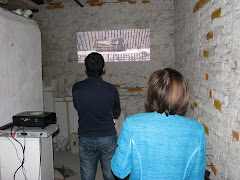














![exi[s]t>15 bulart](https://blogger.googleusercontent.com/img/b/R29vZ2xl/AVvXsEj67mt21mvAFC3VF_3QGzADB-5ZJJLBOlefD6Y8pi5z2e6HTMZztaHCi08vSOJ39mER-PcUmXUyHBnc-dMAq1t6MQe8reeNnIkyGKauFhd88y3NSvcsTLRlB1EdJQrefHryZQxK6-eDTvM/s240/buffet.jpg)
![exi[s]t>15 bulart](https://blogger.googleusercontent.com/img/b/R29vZ2xl/AVvXsEjuEe0w0gLW9nkOXAPGHqtkn89laZeWaQoLwvH2WVTEinKMw5RfqWwzcAkl1Ep27R6j1aYRF4BkiMX_juuZnGDNHyoHRCd65KHsXMg_Z_a3-tLG4OpCSHOlsj5hsPsh_htA6DEegu-Ubic/s240/P8250003.jpg)
![exi[s]t >15 bulart](https://blogger.googleusercontent.com/img/b/R29vZ2xl/AVvXsEg_O-oTzQ29LIVymZGSJUzpJCQYiu6VEztB6VkUPJmKb2VN5bRGpbURyj3-2M3Zz5JGtRjgwY_tr4qC-K21d5pKAzHZn9gYhbw2Vk7CPxb5unRin_828kpxYnzJbDa2Gkx6U1PFw2q1NDI/s150/P8250077.jpg)





















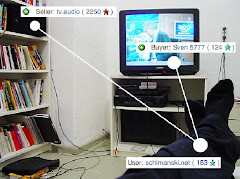














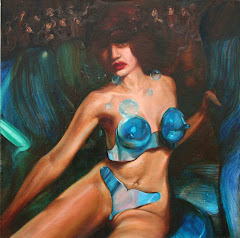
















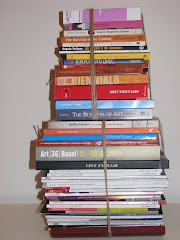




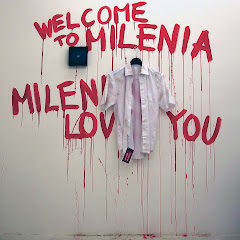

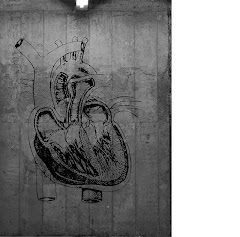







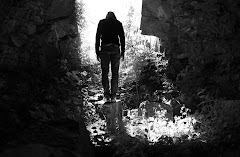



No comments:
Post a Comment